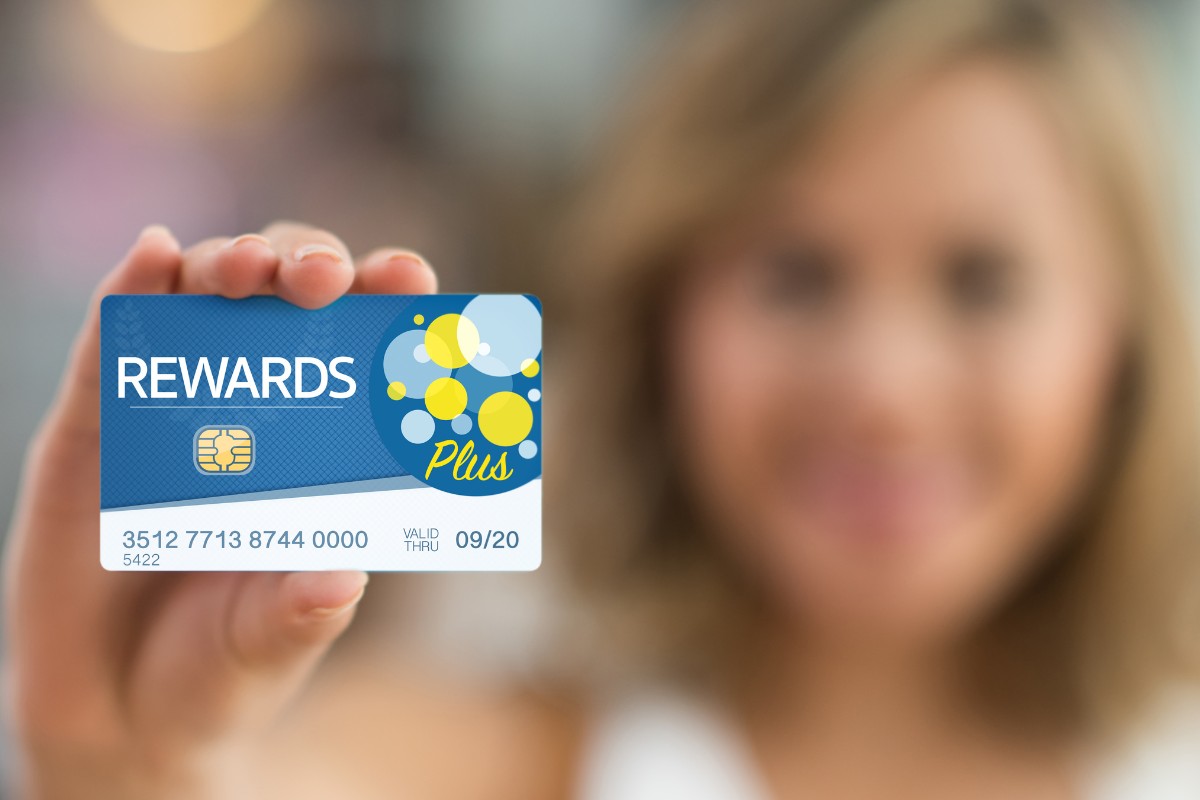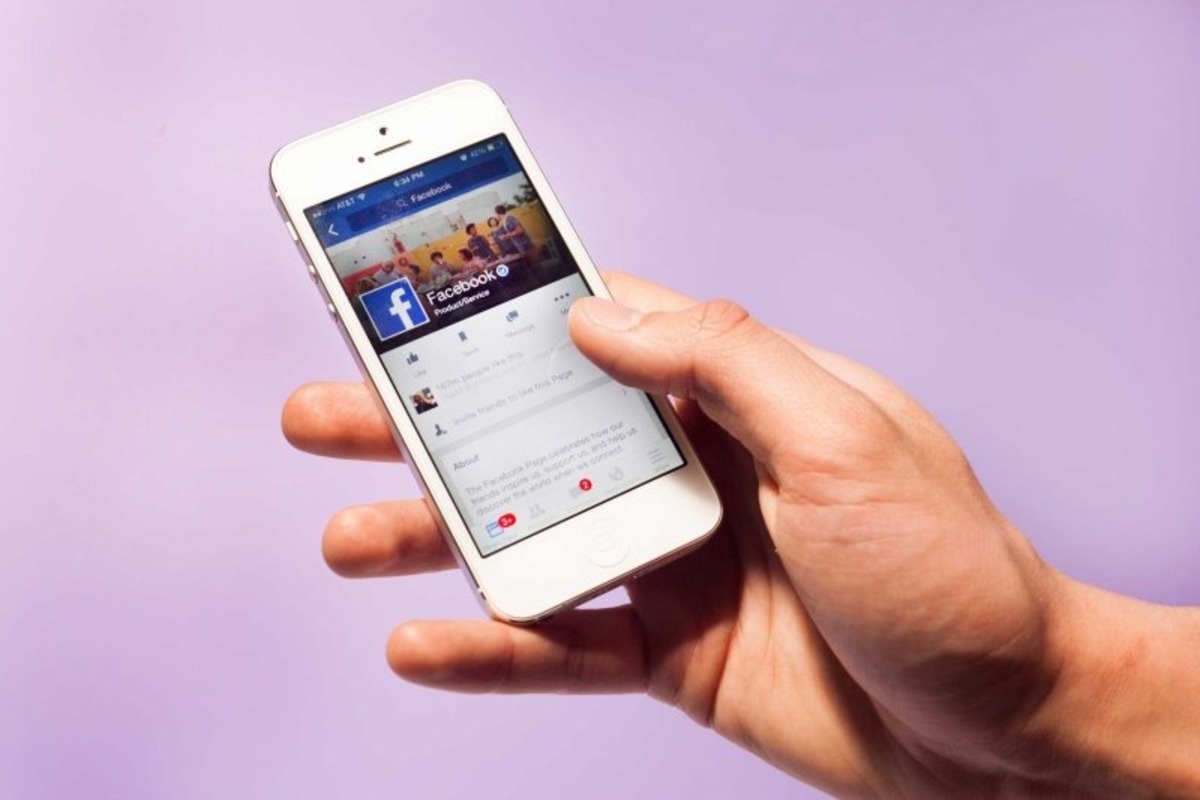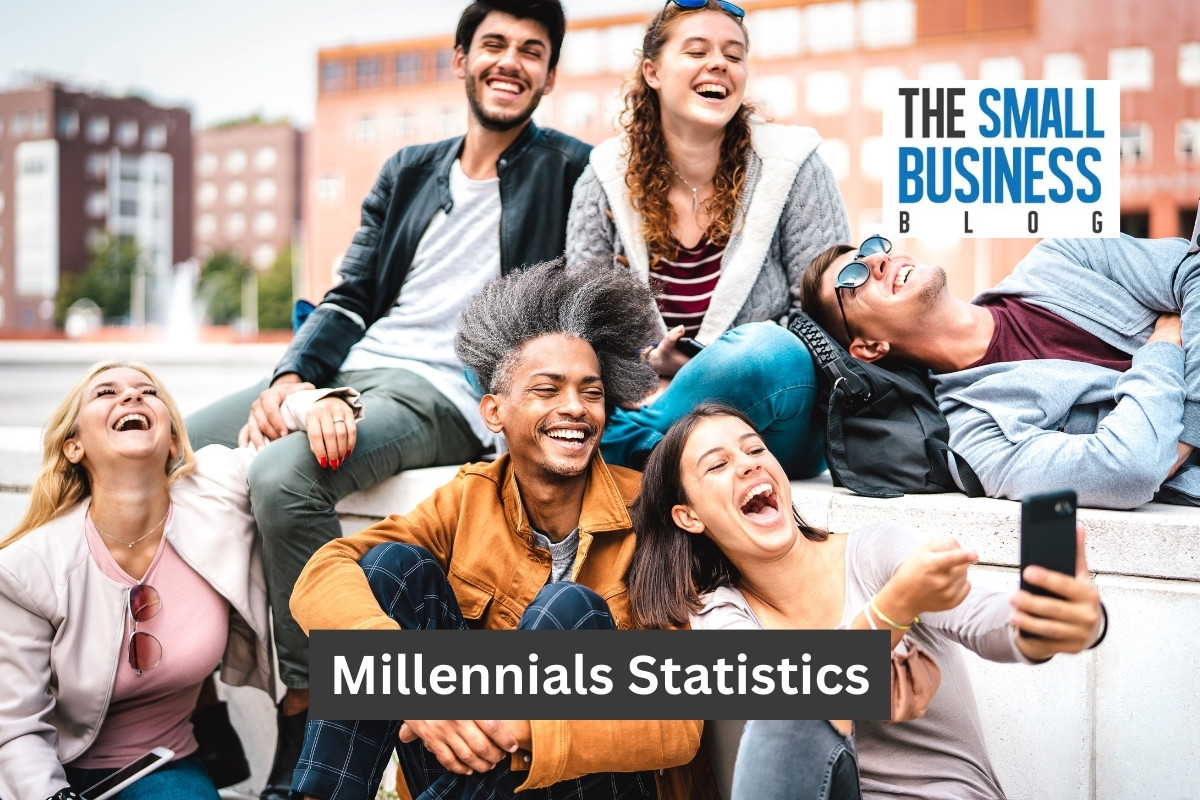A generation lasts approximately 20 years. It’s not something which is set in stone but serves as a guide.
In general, people in the same generation will have had the same experiences.
For example, the Silent Generation is those born between 1928 and 1945.
They lived through the great depression and generally are financially prudent and very respectful.
Naturally, there are those near the beginning of the generation who may fit better into a previous generation, and those at the end may fit better into the next.
That’s why it’s not an exact science.
However, as the following Millennials statistics will show, it does allow you to see what drives a section of the population.
This is very useful for a variety of reasons, especially marketing.
Post Contents
- 1 Introducing Millennials
- 2 Key Statistics
- 3 Top Millennials Statistics in 2024
- 3.1 1. There Are Now More Millennials Than Baby Boomers
- 3.2 2. US Millennials Spend Over $600 Billion Annually
- 3.3 3. 72% Of Millennials Expect Loyalty Programs
- 3.4 4. 50% Of Millennials Will Check For A Local Business Online
- 3.5 5. 57% Of female Millennials Will Look At Brand Value And Stances
- 3.6 6. 75% Of Millennials Want To Make A Difference
- 3.7 7. 63% Of Millennials Owe Over $10,000 In Student Debt
- 3.8 8. 75% Of Millennials Prefer SMS Communications From Businesses
- 3.9 9. 87% Of Millennials Will Make Spontaneous Purchases
- 3.10 10. Over 35% Of Millennials Are Happy Spending Over $5,000 On A Travel Trip
- 3.11 11. 35% Of Millennials Prefer User-Generated Content
- 3.12 12. 86% Of Millennials Spend More Than Planned On Holiday Gifts
- 3.13 13. 42% Of Millennials Use Ad Blockers
- 3.14 14. 99% Of Millennials Use The Internet
- 3.15 15. Just 20% Of Millennials Enjoy Television
- 3.16 16. 70% Of Millennials Are On Facebook
- 3.17 17. Approximately 70% Of Millennials Follow Influencers
- 3.18 18. 44% Of Millennials Would Be Comfortable Promoting Products For Gifts
- 4 Summing Up
Introducing Millennials
Millennials are defined as people born between 1980 and the mid-1990s.
This is the first generation digitally native generation, meaning they are accustomed to digital devices and connectivity and frequently use them.
The younger members of this generation are likely to have been brought up with computers and even tablets at home, older members will have started using internet-capable devices in their teens.
In essence, this generation is the first one to be comfortable with new technology and actively upgrade items as necessary.
Of course, Millennials are also individuals.
This generation seems to be acutely aware of this fact.
That’s why, if you’re looking to turn Millennials into consumers, you need to read the following statistics before devising your next marketing campaign.
Key Statistics
- There are now more Millennials than Baby Boomers
- US Millennials spend over $600 billion annually
- 72% of Millennials expect loyalty programs
- 50% of Millennials will check for a local business online
- 57% of female Millennials will look at brand value and stances
- 75% of Millennials want to make a difference
- 63% of Millennials owe over $10,000 in student debt
- 75% of Millennials prefer SMS communications from businesses
- 87% of Millennials will make spontaneous purchases
- Over 35% of Millennials are happy spending over $5,000 on a travel trip
- 35% of Millennials prefer user-generated content
- 86% of Millennials spend more than planned on holiday gifts
- 42% of Millennials use ad blockers
- 99% of Millennials use the internet
- Just 20% of Millennials enjoy television
- 70% of Millennials are on Facebook
- Approximately 70% of Millennials follow influencers
- 44% of Millennials would be comfortable promoting products for gifts
Top Millennials Statistics in 2024
1. There Are Now More Millennials Than Baby Boomers

For many years Baby Boomers were seen as the largest generation.
This generation was literally a result of the boom post-war years.
However, in the last couple of years, Millennials, also known as Generation Y, have overtaken Boomers.
According to the latest figures from Statista, there are 70.68 million Boomers in the US, and 72.12 million Millennials.
Both generations have significant buying power.
However, Millennials are likely to increase as the number of Boomers slowly declines, and with it their spending power.
From a marketing perspective, it will be essential to understand how to make your products appeal to Millennials.
(Statista)
2. US Millennials Spend Over $600 Billion Annually
Millennials are now responsible for a huge amount of spending power.
In the US alone, they are currently spending $600 billion annually.
The good news for Millennials is that they are still growing in their careers and the annual spend is liable to increase.
Current estimates expect Millennials across the globe to spend in excess of $1.4 trillion annually within the next 3-5 years.
That’s a significant contribution to every economy and why it’s essential to understand what drives this generation.
It should be noted that while 66% of Millennials enjoy a full-time job only 57% of Millennials are happy with their current level of pay.
Considering Millennials will represent 75% of the workforce by 2025, companies may need to listen to their concerns.
(Big Commerce)
3. 72% Of Millennials Expect Loyalty Programs

Millennials have been brought up in a digital world and understand the way it works.
As such, they are likely to expect more from manufacturers and suppliers.
A large part of this is loyalty programs.
A recent survey highlighted that 72% of Millennials expect a loyalty program from their preferred brands.
Loyalty programs traditionally give the consumer something back, usually in the form of future discounts.
Millennials who don’t see a loyalty program with a brand are highly likely to transfer their business to another brand, specifically one that does have a loyalty scheme.
Considering the amount of funds spent by Millennials every year, every business hoping to deal with them should create a loyalty program.
The good news is a loyalty program will increase consumer loyalty and their average spend.
(Oracle)
4. 50% Of Millennials Will Check For A Local Business Online
Millennials are accustomed to accessing multiple versions of the same product.
That means, despite their colossal spending power, they will also take the time to ensure they are getting the best deal.
This isn’t just about loyalty programs.
According to the latest studies, 50% of Millennials will look for a local business online.
It makes sense to shop locally but you don’t want to waste time physically hunting for shops.
A further 40% of Millennials confirm they won’t make any significant purchase without first looking at online reviews.
The key factors when looking at reviews are the reputation of a brand and how they respond to negative reviews and issues.
It’s worth noting that a study by Oracle found that 50% of Millennials will purchase something if their favorite brand recommends it.
(Website Builder Expert)
5. 57% Of female Millennials Will Look At Brand Value And Stances
It’s no longer enough to have an excellent product, or even to be recommended by family and friends.
While this helps boost brand awareness, it won’t guarantee a sale.
This is especially true with female customers.
A recent survey found that 57% of female Millennials want to look at the brand values and stances before they decide to buy.
In other words, the marketing team of a business needs to understand current global developments and make sure your company is seen to adopt the right stance.
This, and adhering to a set of values, will encourage female Millennials to spend with you.
Add a loyalty program and, with a little care, you could have a customer for life.
(Khoros)
6. 75% Of Millennials Want To Make A Difference
Past generations have focused on making changes, such as getting the right for women to vote.
However, while Millennials are still passionate about traditional values, this generation appears to be dedicated to making the world a better place.
According to a survey completed by Deloitte, 75% of Millennials want to make a positive impact on their local community.
The research suggests that some of this desire has been driven by the global pandemic and the need to make the world a better place.
That’s not the only reason.
The study showed that 30% of Millennials want to help prevent diseases.
This includes diseases like cancer which kills indiscriminately, and third-world diseases which the West has largely overcome.
The study also found that 29% of Millennials are concerned about climate change and what they can do to help change or reverse it.
The bottom line for any marketer is to make sure your business is socially responsible and is trying to help others.
Best of all, highlight this in your marketing material, you may be surprised at how much Millennials respond to ‘feel good’ messages.
(Deloitte)
7. 63% Of Millennials Owe Over $10,000 In Student Debt

Millennials may be the largest generation with impressive spending power, but it’s not all plain sailing for them.
The majority of Millennials started working as the stock market crash took hold.
This was followed by a financial crash and, of course, the global pandemic.
In short, Millennials are more accustomed than most generations to unreliable incomes and economic uncertainty.
The markets and parents trying to provide the best for their children drove many Millennials to university.
Unfortunately, today many Millennials are still struggling to repay their student loans.
It’s estimated that 63% of Millennials have an unpaid student loan worth at least $10,000.
The reason why Millennials have such good spending power is because at least 10% of them still live with their parents.
That makes it possible to love shopping, work, and still handle debt.
(HubSpot)
8. 75% Of Millennials Prefer SMS Communications From Businesses

Millennials live in a digital world.
The majority of them have smartphones and they are comfortable using social media and emails.
However, a recent study by EZtexting found that 75% of them would prefer businesses to contact them via SMS.
It’s fast and efficient.
This applies specifically to when there are surveys, promotions, and any updates to orders and deliveries.
Statistics show Millennials will open an SMS within 90 seconds of receiving it.
This is probably because it’s easy to access anywhere without having to connect to a network or anything.
That doesn’t mean SMS is the best if you expect a response.
The study shows Millennials will read SMS quickly but often won’t respond.
If you need a response email is still the preferred option.
(EZtexting)
9. 87% Of Millennials Will Make Spontaneous Purchases
Most statistics show that Millennials are considerate before purchasing items.
They need to know the brand is trustworthy, considers the environment, and that the product is worthwhile, as well as competitively priced.
However, Millennials are also known for being spontaneous.
An impressive 87% of them will add something to a shopping cart which they haven’t previously researched.
It’s usually a lower-priced item, but these smaller sales make a significant difference to a business over time.
As a business, you need to focus on creating a good image and positive product/service reviews.
Once you’ve attracted Millennials as consumers you’ll find they are happy to trust your products and make spontaneous purchases.
(Long Beach Business Journal)
10. Over 35% Of Millennials Are Happy Spending Over $5,000 On A Travel Trip

Millennials are good at spending money, even if they consider it carefully beforehand.
However, one area where Millennials seem to be more inclined to throw caution to the wind is vacations.
According to figures released by Berkshire Hathaway Travel Protection, 35% of Millennials are comfortable spending over $5,000 on a trip.
This is potentially due to their living arrangements and the ease with which they can afford this type of holiday.
It can also be linked to Millennials’ desire for experiences instead of physical items.
Even Baby Boomers, the next largest and most affluent generation, will only spend an average of $3,300 on a travel trip.
(Berkshire Hathaway Travel Protection)
11. 35% Of Millennials Prefer User-Generated Content
We already know that roughly half of Millennials won’t purchase something without first looking at reviews.
However, having a review isn’t enough by itself.
According to the latest research by HubSpot, at least 35% of Millennials want to see user-generated content.
That means reviews and other social media-type posts.
An impressive 90% of this age group don’t rate traditional television and magazine adverts.
Instead, they prefer to see something more unique and creative.
In short, marketers will see the best chance of success with Millennials if they create personalized marketing materials.
It’s also best to avoid too many messages as these can be seen as disruptive and annoying, making Millennials more likely to go elsewhere.
The one thing you shouldn’t do is stop advertising! 79% of Millennials believe ads are essential to maintain brand awareness, just keep them original.
(HubSpot)
12. 86% Of Millennials Spend More Than Planned On Holiday Gifts

It seems Millennials can be both planned and spontaneous, it simply needs the right conditions to encourage both.
In many ways Millennials aren’t any different to other generations, they will create a plan regarding what to purchase for their loved ones and a budget.
According to market research, Millennials will spend an average of $100 per person when purchasing presents, even during the holiday season.
However, according to American Express, Millennials are also very good at ignoring their budgets.
It is estimated that 86% of Millennials will spend more than they intend on holiday gifts.
Interestingly, 84% of the overspending appears to happen at weekends, perhaps suggesting Millennials would benefit from shopping on weekdays.
It does explain why many Millennials love holiday-themed products, this is when they are most likely to be impulsive.
(CNBC)
13. 42% Of Millennials Use Ad Blockers
Millennials understand the necessity of ads and accept their presence.
However, that doesn’t mean they welcome them.
A recent survey by Statista found that 42% of Millennials will use an ad blocker to prevent their online experience from being ruined by ads.
This figure has risen steadily in recent years, showing that the younger generation is less tolerant of standard advertising campaigns.
Statista anticipates the figure will reach 50% within the next two years and will continue to grow.
(Statista)
14. 99% Of Millennials Use The Internet
It’s estimated that there are 1.8 billion Millennials on the planet.
That’s nearly a quarter of the eight billion people living on Earth.
Impressively, 99% of Millennials are already using the internet.
Of course, this is the first real internet generation so this statistic may not be surprising.
However, it’s worth noting that only 15% of Millennials said they would be able to live without the internet.
That means, 85% of Millennials, over 1.5 billion people, can’t imagine life without the internet.
The study further showed that 21% of Millennials could definitely not live without the internet, the rest were unsure if this was a possibility.
The survey also found that Millennials, on average, spend half an hour on their desktops every day.
The rest of their internet time comes via their smartphone or other mobile device.
(Statista)
15. Just 20% Of Millennials Enjoy Television
At the time most Millennials were born, watching television was a commonplace occurrence.
Most families enjoyed some screen time in the evening together.
Today, according to Comscore, just two out of ten Millennials stated they enjoyed watching traditional television.
Over a third of respondents indicated they would prefer to watch YouTube than traditional television.
Perhaps most surprising was the number of Millennials that binge-watched series, it was as high as 37% and is only possible thanks to digital streaming channels like Netflix and Amazon Prime.
(Comscore)
16. 70% Of Millennials Are On Facebook

Millennials are used to communicating via social media, checking products and companies out, and doing a host of other things.
That’s why so many of them can’t imagine life without the internet.
Facebook is definitely a Millennial tool.
A recent Statista survey showed that 70% of Millennials have a Facebook account, they are the biggest demographic on Facebook.
Millennials also like YouTube, roughly the same proportion of Millennials are on YouTube as on Facebook.
These are definitely the most popular platforms with Millennials.
But, that doesn’t mean they aren’t present on other channels.
According to the latest figures, 54% of Millennials have active accounts on Instagram and that number is increasing.
Instagram has been working hard to increase advertising opportunities, something which generally appeals to Millennials.
(Statista)
17. Approximately 70% Of Millennials Follow Influencers
Being an influencer means you have the attention of a lot of people.
Influencers will have thousands, perhaps hundreds of thousands of people watching their accounts and reading every post they make.
An influencer will carefully sculpt their public image and, in return for all the followers they are likely to get sponsorship deals and earn a good income.
Not everyone can be an influencer but anyone can follow one.
It’s what makes this income stream possible.
Millennials appear to be okay with this approach to life.
The latest surveys indicate that 70% of Millennials are following at least one influencer.
The same is true for Generation Z.
Interestingly, the study also revealed that 50% of Millennials trust that the influencers are only promoting brands they feel are good.
That means 50% are less certain about the integrity of influencers.
However, over half of Millennials will purchase a product if it is recommended by an influencer they’re following.
(Marketing Charts)
18. 44% Of Millennials Would Be Comfortable Promoting Products For Gifts

Most social channels now reward users if they build a sufficient following.
For example, YouTube offers a financial reward if you get 1,000 followers and enough video playtime.
It’s one of the reasons Influencers exist, they build channels which attract thousands of followers and, what they say can reach thousands, sometimes hundreds of thousands of people.
Naturally, this means the younger generations are already accustomed to the idea of sponsorship, promoting a brand in exchange for something.
For influencers, this is usually cash.
A recent survey by WordStreeam found that this has become such an acceptable practice that 44% of Millennials would promote a product in exchange for gifts.
The only question is how much integrity would they have regarding the quality of the product?
(WordStream)
Summing Up
The above Millennials statistics paint a picture of a generation that has accepted and adapted to the modern digital world.
Millennials are comfortable using the internet and social media sites.
However, they are also opinionated and need to be persuaded to part with their money.
If you’re a marketer and trying to attract Millennials then read these statistics carefully.
It’s possible to reach them and tap into a huge audience, with some serious spending power.
To do so, you’ll need to come up with unique and interesting advertising angles while creating a personal feel to everything.
It takes work, but with plenty of effort and the right approach, you can get Millennials to adore your brand.
They are likely to be loyal for life, illustrating just how great the benefits of such a liaison could be.






























